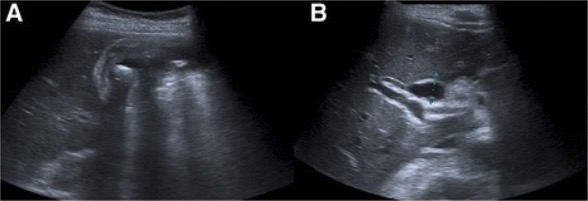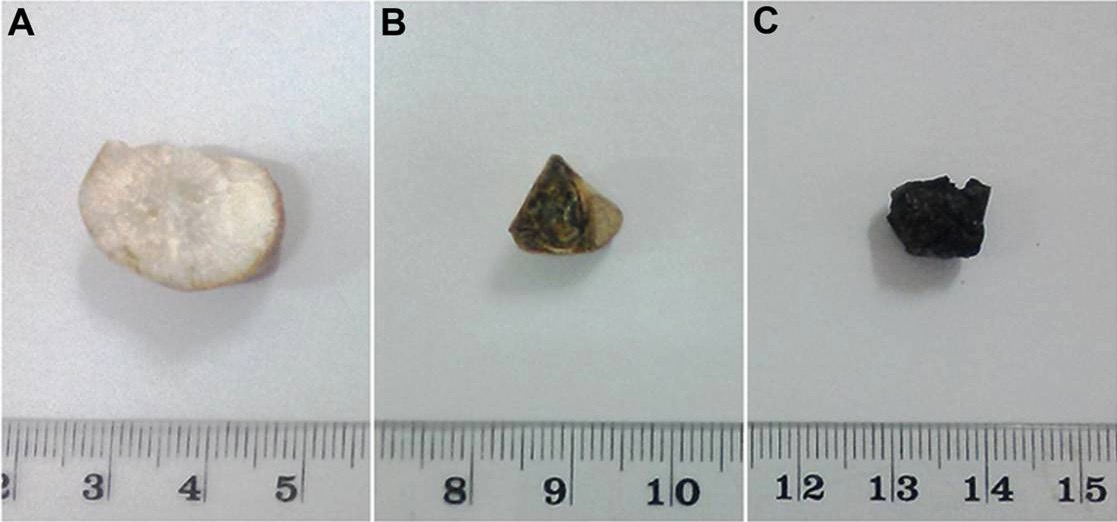Playlist
Show Playlist
Hide Playlist
Biliary Tract Disease (Emergency Medicine)
-
Emergency Medicine Bord Biliary Disease.pdf
-
Download Lecture Overview
00:01 Hi. 00:02 We’re gonna be talking about biliary tract disease. 00:05 We’re gonna go ahead and start out with a quick case and patient presentation. 00:12 So a 41-year-old woman comes to the Emergency Department with a chief complain of right upper quadrant abdominal pain with associated nausea and vomiting. 00:20 So first and foremost, what should you be thinking about here? So right upper quadrant pain is definitely concerning for disease of the liver or the gallbladder because that’s where the liver and the gallbladder exist in the abdomen. 00:35 Concomitant or associated nausea and vomiting should definitely make you increasingly concern for a possible issue in the liver or the gallbladder. 00:45 So let’s take a quick moment to just review the anatomy of the right upper quadrant. 00:50 So the liver is a large structure in the right upper quadrant and the gallbladder is attached to the liver. 00:58 What essentially happens is the liver secretes enzymes into the gallbladder or the gallbladder makes enzymes and those enzymes are then secreted into the common bile duct and the cystic duct, and those enter into the abdominal cavity into the intestines, and help and aid with digestion of food. 01:20 So when you eat, essentially what happens is your gallbladder will contract after you eat and it will secrete those or release those digestive enzymes into the intestinal tract and when they’re released into the intestinal tract, they’ll help with digesting the food that you ingested. 01:39 The pancreas also involved and located in that area, the pancreas is a little bit more centrally located but is connected to the liver and the gallbladder as well. 01:51 So what are gallstones made of? What are these things made of that cause problems for lots of patients? The most common stones are cholesterol stones. 02:02 Cholesterol stones are due to increased cholesterol and bile or decreased bile acid. 02:08 Cholesterol stones are associated with the four F’s, the four F’s of gallbladder disease are fat, forty, female, and fertile. 02:17 So those are the four things that you wanna think about. 02:19 Now, it’s not all patients that are gonna be in these four F’s kind of a category. 02:24 So you wanna think about it in other patients as well, but that’s the classic presentation or the classic risk factors that we think about. 02:34 Other risk factors associated with cholesterol stone development are rapid weight loss, a family history of gallstones, and then also oral contraceptive use. 02:44 Pigment stones are somewhat less common. 02:47 They’re related to a high concentration of calcium bilirubinate or related to infection. 02:53 So most commonly related to a parasitic infection. 02:56 The interesting thing about pigment stones is they can be seen sometimes on plain film x-ray if they contain greater than 4% calcium. 03:04 So that can be a helpful or interesting diagnostic thing to see if your patient happens to get a plain film x-ray of their abdomen, you may be able to see these stones.
About the Lecture
The lecture Biliary Tract Disease (Emergency Medicine) by Sharon Bord, MD is from the course Abdominal and Genitourinary Emergencies. It contains the following chapters:
- Biliary Tract Disease
- Gallstones
Included Quiz Questions
What is the most common type of gallbladder stone?
- Cholesterol stones
- Calcium stones
- Struvite stones
- Uric acid stones
- Oxalate stones
Which component of a pigment stone makes it visible on an x-ray film?
- Calcium
- Bilirubinate
- Cholesterol
- Oxalate
- Palmitate
Customer reviews
5,0 of 5 stars
| 5 Stars |
|
5 |
| 4 Stars |
|
0 |
| 3 Stars |
|
0 |
| 2 Stars |
|
0 |
| 1 Star |
|
0 |






